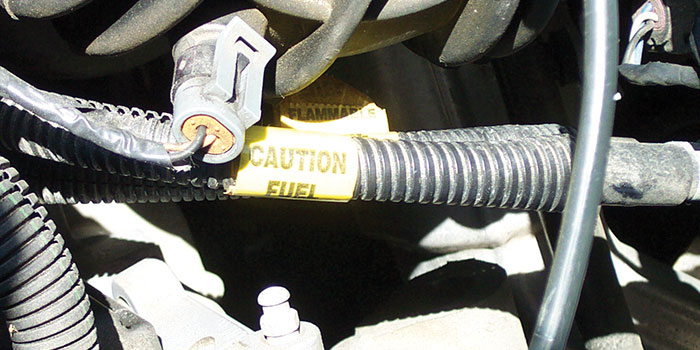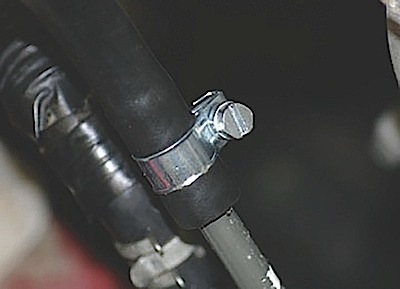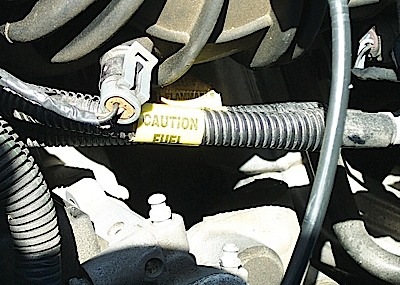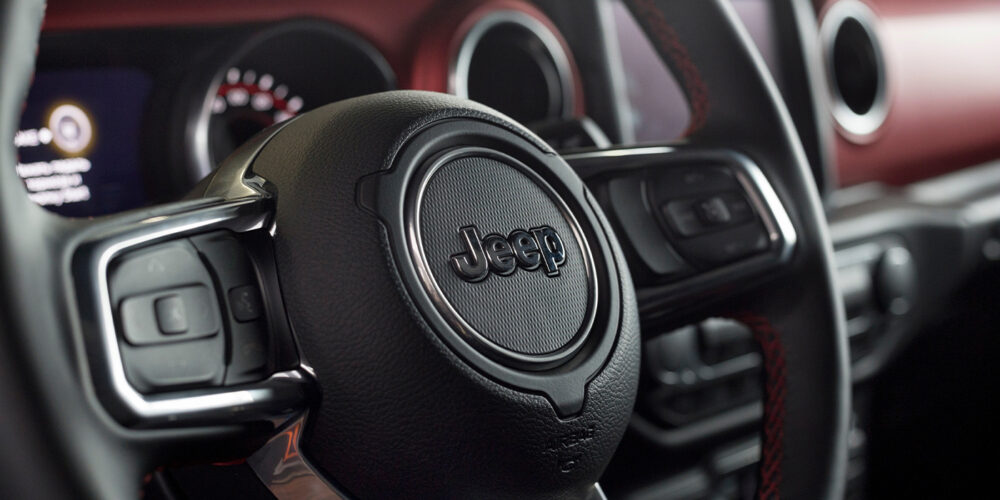As vehicles are lasting longer, the chances the fuel lines will spring a leak are increasing. The main reason metal fuel lines fail is corrosion, but most corrosion starts when abrasive materials start to remove the paint or coating on the line. This can occur at a mounting bracket or from debris kicked up from the tire.
Safety Issues
A vehicle’s fuel lines are routed so that, in case of an accident, the lines are not in a crumple zone. This is why fuel lines are not run through a rocker panel.
The National Highway Traffic Safety Administration set the bar high for fuel system integrity with FMVSS 301. The 30 mph and 50 mph tests say that the vehicle shall not leak more than 1 oz. of fuel during impact and shall not exceed 5 ozs. of fuel five minutes after the vehicle has come to rest. FMVSS 301 is the reason why shops should avoid trying to reengineer the fuel line routing and mounting methods.
There are three options when it comes to replacing fuel lines, and each has its advantages and disadvantages.
Do
Option 1: Replace the entire line with a pre-bent line.
Lines are available from aftermarket and new- car dealer sources. This can be the most expensive and labor-intensive option, but this option is the longest-lasting repair, returns the vehicle to like-new condition, and prevents a customer from coming back with another leak. This is not an option on all vehicles.
Option 2: Bend your own lines.
This is an option if you are willing to invest in bending and flaring tools. If you plan to use this approach, buy a tool that can make quick disconnect fittings. These kits can be pricy, but they can pay off by increasing productivity by not having to wait for parts. But you will have to carry a basic assortment of fittings.
Option 3: Nylon.
One option for replacing metal fuel lines is with a nylon tubing and specific fittings. Nylon tubing can be used for an entire length of fuel line or just a section. This option can be a cost-effective and time-efficient repair when pre-bent lines are not available.
With the correct fittings, factory-style, quick-disconnect fittings can be joined with metal lines or can replace a section of a metal line. Just replacing a section of a leaking line can get the customer back on the road, but corrosion elsewhere may cause another leak.
Don’t
Do not try to do the customer a favor by using the two options below: Many lawyers would love to take your livelihood if an accident or fire happens because you put price before safety.
Do not replace long runs of hard line with flexible fuel hose. Even the best fuel injection, low-permeation fuel line will have some amount of fuel vapor loss. Also, road debris can damage the line. This is very dangerous, and it also can be difficult to seal the connection between the metal line and the hose that could be under 50 psi or more of pressure.
Do not use braid stainless steel lines. You may have a customer who thinks racing-style braid stainless steel hose is the ultimate solution for leaking fuel lines. They make sense for some racecars and rock crawlers, but for a daily driver, the “improved” lines could be a headache.
Most of these hoses don’t have to meet EPA, SAE and CARB standards for permeation. Some performance hoses also will not stand up well to higher ethanol content fuels. Teflon-coated and other hoses are designed to stand up to modern gasoline, but they can be twice as expensive as a hard line.
When you see that truck with the white tank on the back, think of it as an armored car that’s delivering more to your bottom line in the form of additional fuel line replacements.
















